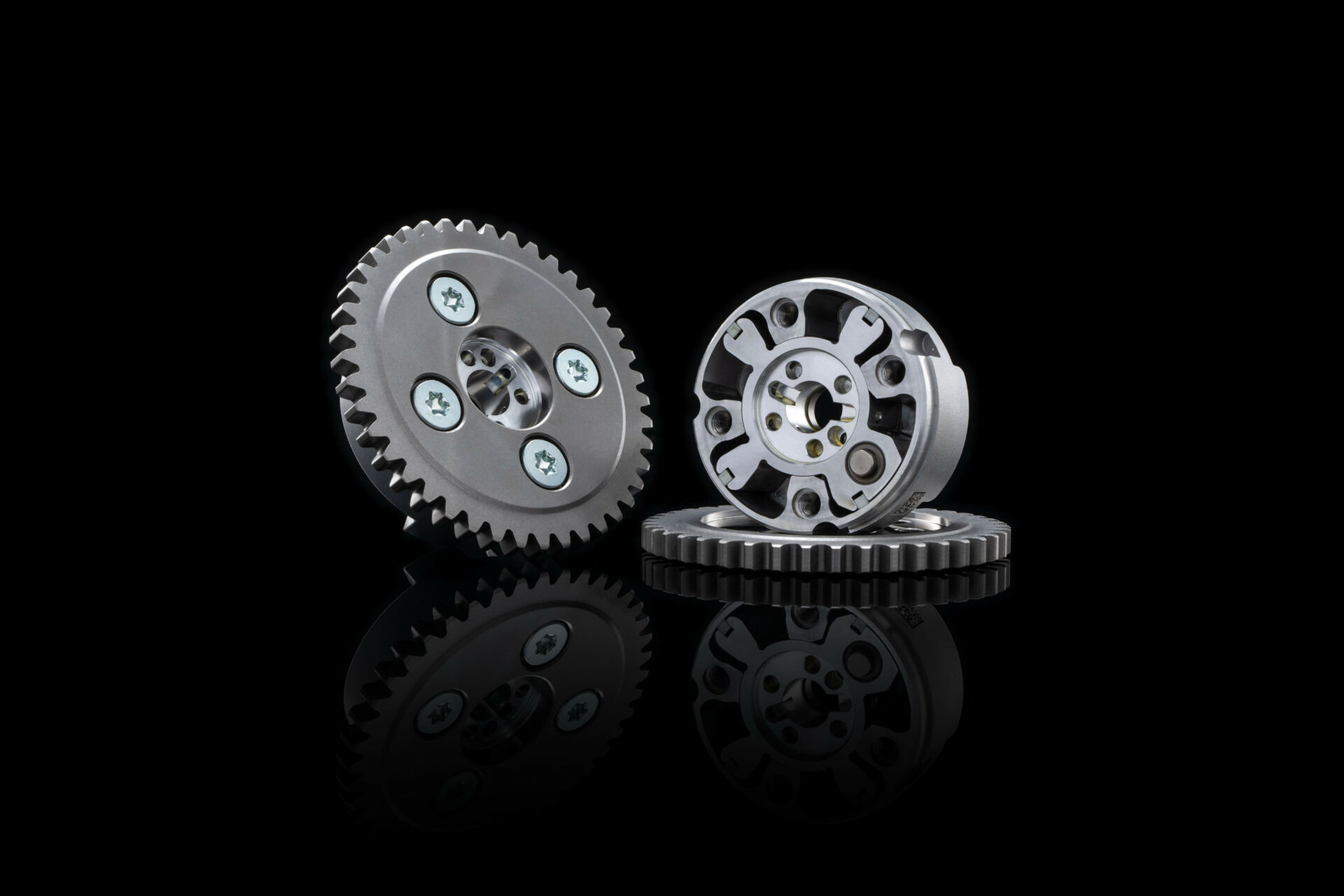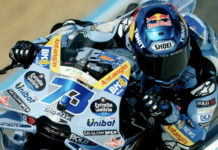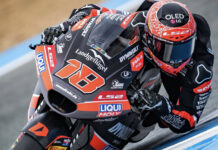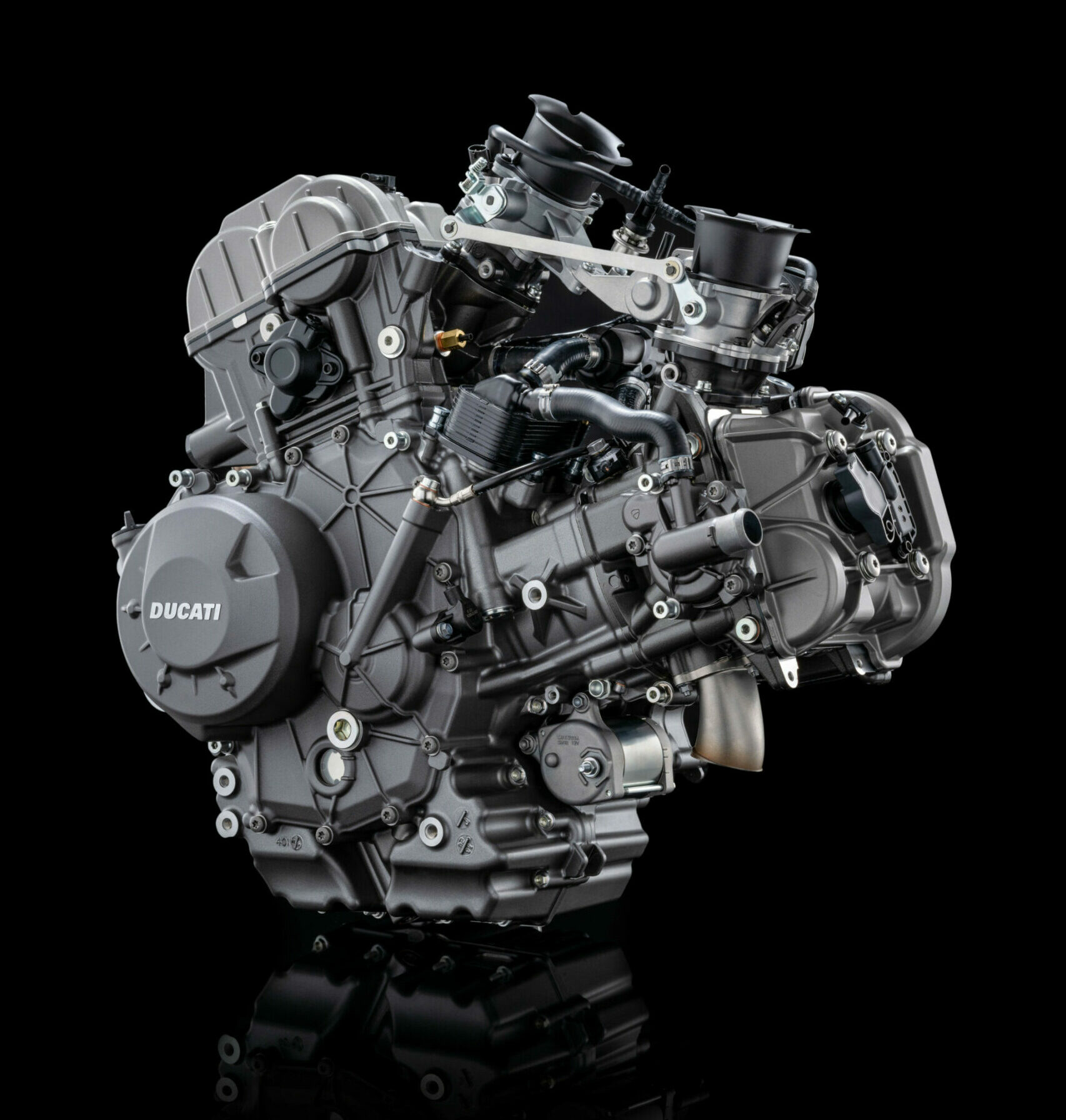New V2 Engine: The Lightest Ducati Twin-Cylinder
At only 120 lbs, the new V2 is the lightest in Ducati’s long history of twin-cylinder engines
The new engine features IVT variable valve timing, DLC treatment on the rocker arms, and hollow stems for the intake valves
Two configurations, 120 and 115 hp, offer different characteristics to increase its versatility
Ducati continues to believe in and invest in the 90° V-twin, the engine that has characterized some of the most iconic bikes from the Borgo Panigale manufacturer and achieved more than 400 victories and 1,000 podiums in championships reserved for production-derived bikes. The new V2 engine is the lightest twin-cylinder produced by Ducati and renews the tradition that began with the Pantah and continued with the Desmodue, Desmoquattro, Testastretta, and Superquadro. The new V2 delivers 120 hp at 10,750 rpm and 69 lb-ft at 8,250 rpm, offering maximum riding enjoyment thanks to torque-rich power delivery at any RPM and sportbike engine performance at high revs.
With this new engine, Ducati confirms its commitment to development, which has taken shape with the introduction of four completely new engines in just seven years, from the Desmosedici Stradale to the Superquadro Mono, from the V4 Granturismo to this new V2. Engines that have been defined by choosing the most suitable technical solutions depending on the intended use.

This new twin-cylinder has a displacement of 890 cc, is equipped with the IVT (Intake Variable Timing) variable valve timing system and aluminum liners, and weighs just 120 lbs, setting new weight benchmarks in the Ducati range (-21.7 lbs compared to the Superquadro 955, -13 lbs compared to the Testastretta Evoluzione, -12.7 lbs compared to the Scrambler® Desmodue). The spring valve timing system, introduced with the V4 Granturismo and confirmed on the new V2, makes for an engine that emphasizes regularity at low revs and ease of maintenance with valve clearance checked every 18,000 miles.


Modern and efficient architecture to guarantee performance and lightness
The 90° V2 layout defines a slim engine with a great personality characterized by tone and power delivery, deeply linked to the Ducati tradition. Furthermore, the 90° V designed by the cylinders determines a natural balancing of the first-order forces without resorting to a countershaft to eliminate vibrations.
Finally, the cylinders are rotated backward with a 20 ° angle between the horizontal cylinder and the relative plane to optimize weight distribution.
The typical versatility of Ducati twin-cylinders is one of the qualities of the new V2, which adapts perfectly to various motorcycles in the range due to its compactness and the performance it can offer. The bore and stroke measurements are 96 x 91.5 mm, which determines a bore/stroke ratio of 1.56. The measurements sit in the middle when compared to the Testastretta and Superquadro engines. They allow the engine to deliver higher maximum power values than the former, with a torque curve that is more favorable for road use than the latter. The maximum torque value is 69 lb-ft at 8,250 rpm. In fifth and sixth gear, the limiter is set at 11,350 rpm.
On the 120 hp version, pairing the engine with the racing exhaust for track use increases maximum power to 126 hp (+6 hp) at 10,000 rpm and torque to 73 ft-lb (+4 ft-lb) at 8,250 rpm, with a weight saving of 10 lbs.
The 115 hp version has a more powerful alternator to properly manage even the heaviest electrical loads. The connecting rod and flywheel are reinforced to tackle even the most challenging adventures and offer a smoother response in a relaxed riding setting. With this version, the gear ratio is characterized by a shorter ratio for the first and second gears to improve starting on steep slopes, especially in full-load conditions.
Variable timing control
Thanks to the IVT (Intake Variable Timing) system, the new Ducati twin-cylinder guarantees a linear torque delivery even at low revs, with prompt and enjoyable throttle response and sportbike engine performance at high revs. This is because the IVT system continuously varies the timing of the intake valve control over a 52° arc thanks to the adoption of a phase variator applied to the end of the camshaft. This makes it possible to offer the best overlap based on engine rotation speed and throttle opening, obtaining a smooth and sustained power delivery curve even at low and medium revs, combined with brilliant performance at high revs. More than 70% of the maximum torque is, in fact, already available at 3,000 rpm, and between 3,500 and 11,000 rpm, the torque value never drops below 80%.
As on the Desmosedici MotoGP, the intake valve opening finger rockers have DLC (Diamond-Like Carbon) treatment to optimize engine performance. The distribution control is by chain, while the valve recall occurs via a spring control. The intake valve stems are hollow for greater distribution system efficiency thanks to a 5% weight saving. The valves are chrome-plated.
Power feed is entrusted to a 52 mm diameter circular throttle body, with a sub-throttle injector controlled by a ride-by-wire system capable of offering four different Power Modes to adapt the delivery to different riding situations and the engine’s intended use. Thanks to dedicated maps, the system can vary the torque saturation gear by gear, thus offering the most suitable throttle response for each gear.
The new V2 is equipped with an intake bypass circuit. A duct connects the two cylinders’ airbox and intake ducts near the intake valve, improving the air/fuel mix for greater fuel efficiency. In this way, the engine is more efficient in combustion, reducing fuel consumption and harmful emissions and increasing the regularity of power delivery.
The engine crankcases, obtained by die casting, are shaped in such a way as to incorporate the water chamber around the cylinder liners. Like the Superquadro engine, the new V2 is equipped with aluminum liners inserted into the housing holes of the crankcase during the initial assembly phases. This design allows the head to be fixed directly on the crankcase, combining the need for rigidity of the engine structure with a significant advantage in terms of its dimensional compactness. With their thin walls, the liners also make effective heat exchange possible with the coolant flowing along the walls.
The new V2 allows the definition of more compact motorcycles thanks to particularly small dimensions due to the water pump positioned on the head of the front cylinder. This solution minimizes the exposed rubber tubing of the cooling circuit, improving the appearance of bikes where the engine is left exposed.
For the same reasons, the new twin-cylinder is equipped with a water/oil heat exchanger positioned inside the V of the cylinders, which allows for the elimination of the oil cooler. This technical solution reduces size and weight, improving the engine’s aesthetic impact.
As on the new Panigale V4, the gearbox is equipped with Ducati Quick Shift (DQS) 2.0. The second-generation DQS uses a strategy based solely on the gear sensor, thus allowing for a pedal command without microswitches. This solution offers the rider a more direct feeling, with reduced travel and without that “rubbery” sensation typical of traditional quick shifters, and makes it easier to find neutral. The 8-disc slipper clutch, derived from the most recent version used by the Testastretta 11°, mitigates the retrograde torque with the throttle closed and when downshifting, improving the stability of the bike during more decisive braking phases.
Primary technical data of the V2
890 cc 90° V-twin engine
Weight 120 lbs (-21.7 lbs vs. Superquadro 955, -13 lbs vs. Testastretta Evoluzione, -12.7 lbs vs. Desmodue Scrambler®)
Chain-driven distribution with double overhead camshaft, IVT variable valve timing on the intake, 4 valves per cylinder. 38.2 mm hollow-stem intake valves, 30.5 mm exhaust valves.
Bore x stroke 96 x 61.5 mm
Compression ratio 13.1:1
Maximum power 120 hp at 10,750 rpm – 126 hp with racing exhaust and maximum torque 69 lb-ft at 8,250 rpm
Version with more powerful alternator and shortened ratios for the first two gears, maximum power 115 hp at 10,750 rpm and maximum torque of 68 ft-lb at 8,250 rpm
Aluminium cylinder liner
Multi-disc wet clutch, servo-assisted and with anti-hopping function
Semi-dry sump lubrication with pressure pump and scavenge pump
Power feed with 52 mm diameter throttle body
Six-speed gearbox with the option of fitting the Ducati Quick Shift (DQS) 3.0
Oil change scheduled at 9,000 mi
Check and eventual valve clearance adjustment scheduled at 18,000 mi
CO² emissions (WMTC): 120 g/km






